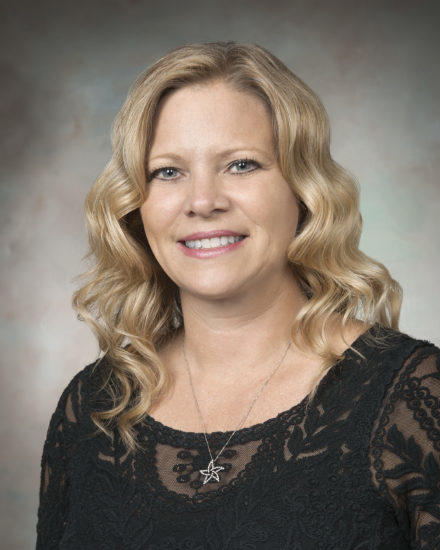NASA Working on Road Rules – for the Sky

“Look! Up in the sky! It’s a bird. It’s a plane.” If this were the 1950s, the next line (from the original TV show) would be, “It’s Superman!” But, if they were to remake the show in 2020, the opening dialogue might be slightly different:
Man: Look. Up in the sky. It’s a plane.
Woman: It’s a car.
Man 2: It’s a flying car!
Technically, it would likely be an eVTOL. Industry professionals might grimace, but it’s going to be quite some time before the public calls flying cars “eVTOLs.” Technology advances quickly, language, not so much.
The focus, on the industry side, has for now been on design. Each of the 250 or so eVTOL-hopeful manufacturers are busy figuring out how best to design and build an aircraft that will fill the void of urban air mobility (UAM) with an efficient, safe, viable product.
But they also know that after they get it right—or what they think is right—the U.S. government will need to certify the vehicle as airworthy, whether for passenger or cargo delivery. That’s where NASA’s Starr Ginn comes in—to set the infrastructure and integration of these vehicles into the urban air landscape.
Meet Jane Jetson
While her professional profile describes her as an “Urban Air Mobility Thought Leader” (and that’s certainly true), she is the “Lead” for NASA’s Advanced Air Mobility National Campaign (AAM NC), formerly the UAM Grand Challenge. With a long career in aviation and aviation research (including as NASA’s Chief Engineer for Aeronautics Research and Deputy Aeronautics Research Director), Ginn’s current role is to oversee the flight testing and simulation activities of eVTOLs and how the airspace they will operate in will be managed. That means overseeing a complex set of scenarios that will lead to the safe integration of advanced air mobility into our daily lives.
The AAM NC was created to help industry and government hasten eVTOL (or even hybrid) vehicle certification and approval while coordinating all the moving parts, such as airspace system architecture, communications and navigation, and passenger and community concerns such as ride quality and ground and cabin noise. NASA will begin hosting the AAM NC series in 2022.
“NASA’s role is to work with the industry to reduce risk at every stage of development,” Ginn explains. Uniquely, in the case of UAM, NASA is working with all the lines of business in the Federal Aviation Administration (FAA) simultaneously. Working with the FAA, NASA is laying the groundwork (skywork?) for vehicle certification and to establish operations and regulations. That will allow for higher density—vehicles more closely spaced in traffic—by minimizing the need for voice communications. It will also facilitate manufacturing rates closer to those of car manufacturing than airplane manufacturing.
At the same time, Ginn is working with state and local governments where infrastructure will be planned to facilitate multimodal transportation; where open software architecture can control the placement of geo-sensors, including how to classify certain characteristics, such as how they will map out rural, urban, and visual noise. Meanwhile, cities are trying to digitize ground transport while integrating it into the city’s air network.
Traffic Rules for the Sky
To understand how traditional rules, for example, for on/off ramps, intersections, stop signs, and traffic lights can be adapted, Ginn says NASA is using the Metroplex at DFW International Airport to adapt that into a Microplex at a given airport. That means segregating different types of vehicles, such as package delivery below 500 feet, passenger vehicles at 1,000 feet (with east/west traffic at one altitude and north/south traffic at a different altitude). Air Traffic Control (ATC) will sequence around patterns, allowing faster moving vehicles to be dispatched ahead of slower moving vehicles.
“Speculating that eVTOLs are neither going to be good fixed wing aircraft or helicopters, and ground ops are often unpredictable,” Ginn says it will take some type of airspace management because eVTOLs won’t want to loiter; they will need to communicate with each other. Some will be autopiloted, contingencies will need to be addressed, and calculations will need to be made to address how to throughput passengers and vehicles at vertiports for maximum efficiency.
Still other vehicles, such as emergency response vehicles, will be remotely piloted. The medic will travel with the MEDEVAC but the pilot will control the flight remotely utilizing detect-and-avoidance systems for ground or air-to-air collisions.
Current regulations require vehicles to have 25 to 30 minutes of reserve flying time but, eVTOLs don’t want half their capacity invested in reserves. So, a network of “lily pads” may be implemented every 5 miles.
Pilot policing is already quite strict, making it likely the FAA will continue its oversight roles to ensure compliance with rules and regulations. Combined with a digital network giving people and pilots situational awareness (such as “increase spacing” or “vertipad occupied,”) the rules of the road for the sky will be comprehensive.
Not to worry, Ginn says. “As the technology progresses, operating these vehicles will get simpler and simpler.”
Want to continue to stay up-to-date about the latest developments in the eVTOL industry? Subscribe to AeroCar Journal now. It’s FREE (for a limited time)!
Join us on Twitter for the latest news, analysis, and insight in the eVTOL industry. AeroCarJ


